Install Steam
login
|
language
简体中文 (Simplified Chinese)
繁體中文 (Traditional Chinese)
日本語 (Japanese)
한국어 (Korean)
ไทย (Thai)
Български (Bulgarian)
Čeština (Czech)
Dansk (Danish)
Deutsch (German)
Español - España (Spanish - Spain)
Español - Latinoamérica (Spanish - Latin America)
Ελληνικά (Greek)
Français (French)
Italiano (Italian)
Bahasa Indonesia (Indonesian)
Magyar (Hungarian)
Nederlands (Dutch)
Norsk (Norwegian)
Polski (Polish)
Português (Portuguese - Portugal)
Português - Brasil (Portuguese - Brazil)
Română (Romanian)
Русский (Russian)
Suomi (Finnish)
Svenska (Swedish)
Türkçe (Turkish)
Tiếng Việt (Vietnamese)
Українська (Ukrainian)
Report a translation problem






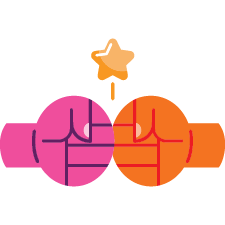
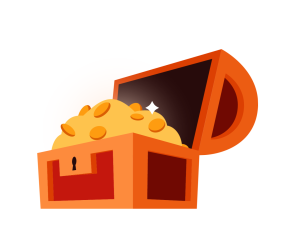

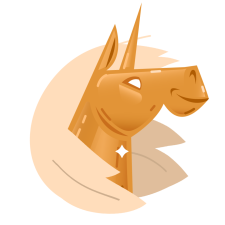

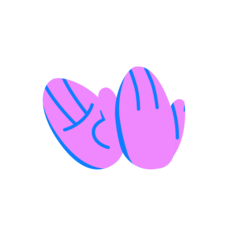

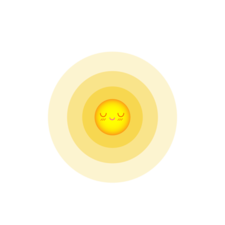



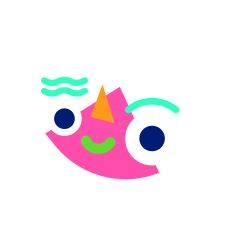



























































































































However, it took me 2 weeks to discover that there are shortcuts that allow you to dispense with the construction banner. It's a real time-saver : Press 1 and you build a wall. press a second time and it's a square building, a third time and it's a tower... press 2 for paths and 3 for windows, etc. up to 9. P is for photo mode, T for time.
You can change them in options/commands and also hide the banner to gain more view.
I'm not going to make a guide for this, as yours is really complete.
So could you add an extra chapter on the options (I'm discovering some camera rotation settings that could make my life even easier ^^).
My only regret is that the developers didn't include a shortcut or duplication option, as they did for scenery elements.
Many thanks ;)
cover a lot of information, but is missing something ( and not sure ) you know.
The subject Floating Platforms both ( Round and Square )
And you're right Snowman980 - although not quite as far as I can see. For the time being, I'll say that just put 2 chimneys very close to each other, at the same height, and both will change... so it makes more sense.
I'll make corrections to the guide, by tomorrow evening at worst.